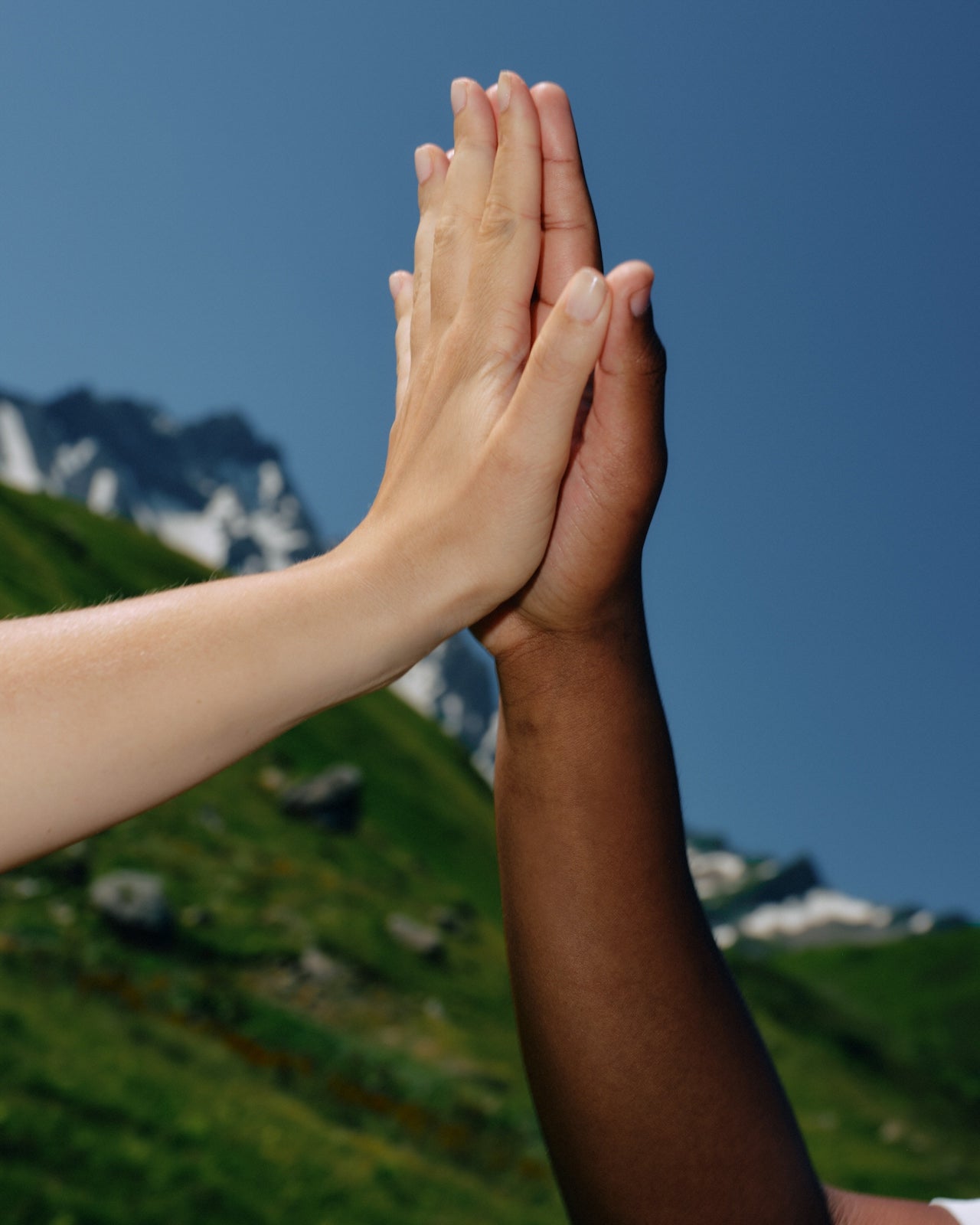Are You Really Drinking Enough Water? Probably Not.
Water is life—literally. It powers your brain, fuels your muscles, and keeps your skin glowing. Yet most of us walk around chronically dehydrated, mistaking a couple of glasses of water for “plenty.” Spoiler alert: It’s not.
Here’s the truth: your brain starts sending thirst signals when hydration drops by 2–3%, but even a 1% dip can tank your focus and energy. That’s why water is non-negotiable. You can survive a month without food, but only a week without water. Impressive, right? But knowing isn’t enough—you need to act. Hydration isn’t just a habit; it’s the foundation of feeling (and performing) like your best self.
How Much Water Do You Actually Need?
Forget the one-size-fits-all "8 cups a day" rule. Your water needs depend on factors like your activity level, environment, and metabolism. A better benchmark? Start with half your body weight in ounces of water. Weigh 180 pounds? Aim for 90 ounces.
For more precision, take a cue from the National Institutes of Health: water intake should match your daily calorie burn. A 25-year-old woman burning 2,100 calories needs about 2.7 liters of water—nearly three-quarters of a gallon. If you’re hitting the gym hard or living in a dry climate, bump it up. Hydration isn’t just about survival; it’s about optimizing performance.
Quality Over Quantity: The Water You Drink Matters
Not all water is created equal. Your body deserves the best—so skip the chemical cocktail in plastic bottles or tap water and focus on clean, mineral-rich hydration.
What to Avoid:
- Plastic Bottles: Chemicals leaching into your water? Hard pass. Opt for glass or stainless steel.
- Filtered Tap Water: If it’s labeled “municipal source,” it’s just glorified tap water. And we’re looking at you, Dasani.
What to Look For:
- Spring, Artesian, or Glacier Water: Naturally sourced and packed with minerals.
- Filtered Water: Invest in a reverse osmosis filter with an activated charcoal system. For an extra boost, go for options like UltraStream, which adds molecular hydrogen and alkaline minerals.
Should You Add Minerals? Absolutely.
If your water comes from a reverse osmosis system or is distilled, it’s stripped of minerals—and your body needs those to function. Add a pinch of Pink Himalayan Salt for every 35–40 ounces of water. This salt isn’t just fancy; it’s packed with 84 trace minerals your body craves. No, you don’t need to haul buckets from a mountain spring, but you do need to level up your hydration game.
Hot or Cold? What Temperature Works Best?
Ice water may feel refreshing, but it’s not doing your digestion any favors. Ayurvedic principles suggest that cold water can mess with your “digestive fire,” potentially leading to cramps, gas, or bloating. Stick to room temperature or slightly warm water, especially around meals, for smoother digestion and better hydration.
The Hydration Bottom Line
Hydration is non-negotiable. It’s not just about chugging water; it’s about drinking the right amount of the right kind. And yes, it takes a little effort—like upgrading your filter or sprinkling some minerals—but the payoff is clear: better skin, sharper focus, and a healthier you.
Stop underestimating water. Start hydrating smarter. Because when you’re hydrated, you dominate.
Pro Tip:
Hydration doesn’t have to be boring. Track your intake, keep water nearby, and experiment with adding fresh fruit or herbs for a little flavor. Your body will thank you.











